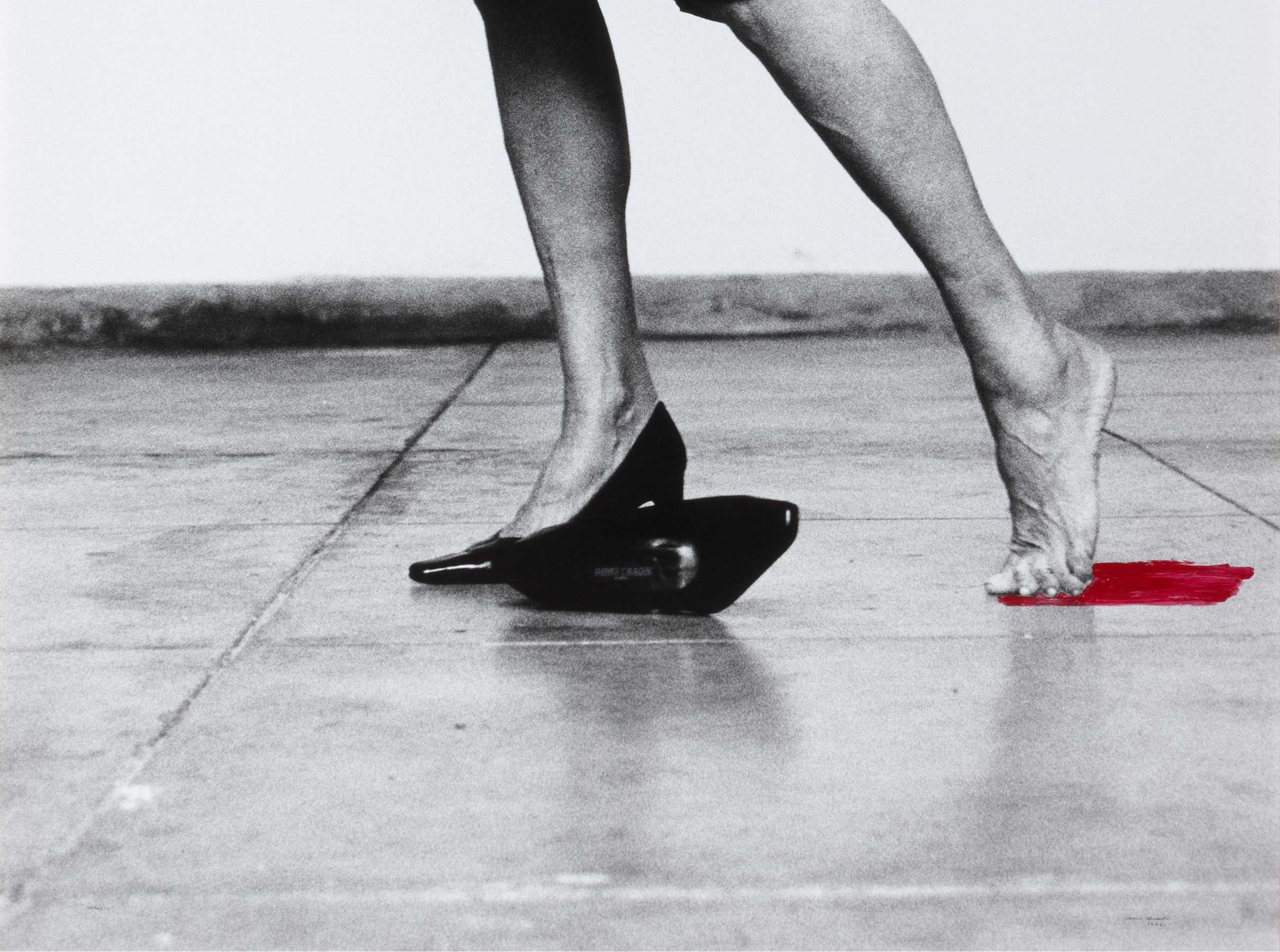In 2002, Alexis Harding unveiled a series of works entitled Skins at the Rubicon Gallery in Dublin in which, as he explained, the paint ‘was subjected to a unique physical tension’; a group of works where grids become the main argument, the central and recurrent motif of his compositions. However, the grids projected by Harding, far from reproducing regular geometric patterns, are depicted as uneven structures as a result of the handling and drying processes to which the artist subjects his fabrics. They are almost a type of ‘anti-grid’, of irregular and imperfect patterns that determine his output.
Critics have often linked the use of those forms on the canvas to the ironic call of the famous essay ‘Grids’ by Rosalind Krauss in 1978. According to Krauss, the appearance and omnipresence of this element and its dual function as an emblem and myth in 20th-century painting ‘announces, among other things, modern art’s will to silence’. Alexi Harding’s grids are the outcomes of a controlled randomness, and are detached from the surface of the canvas, as in Falling Paintings (2006); escape from the frame, as in Drifters Escape (2006); appear to be melted, as in Ghost (2002); are cracked and open up gaps, as in Vacuum (2002); collapse, as in Study for Collapsed Painting (2002) and Collapsed Painting (2001); or even collide, as in Collision (2001). They are unstable, voluble, ‘sleeper’ structures that challenge the sacred, emblematic nature attributed to works by recent reviews of modern art history.
The painting in the Banco de España Collection, Slump Fear (2001), belongs to that group of works and was exhibited at the Pedro Cera Gallery in Lisbon.
Other works by Alexis Harding

